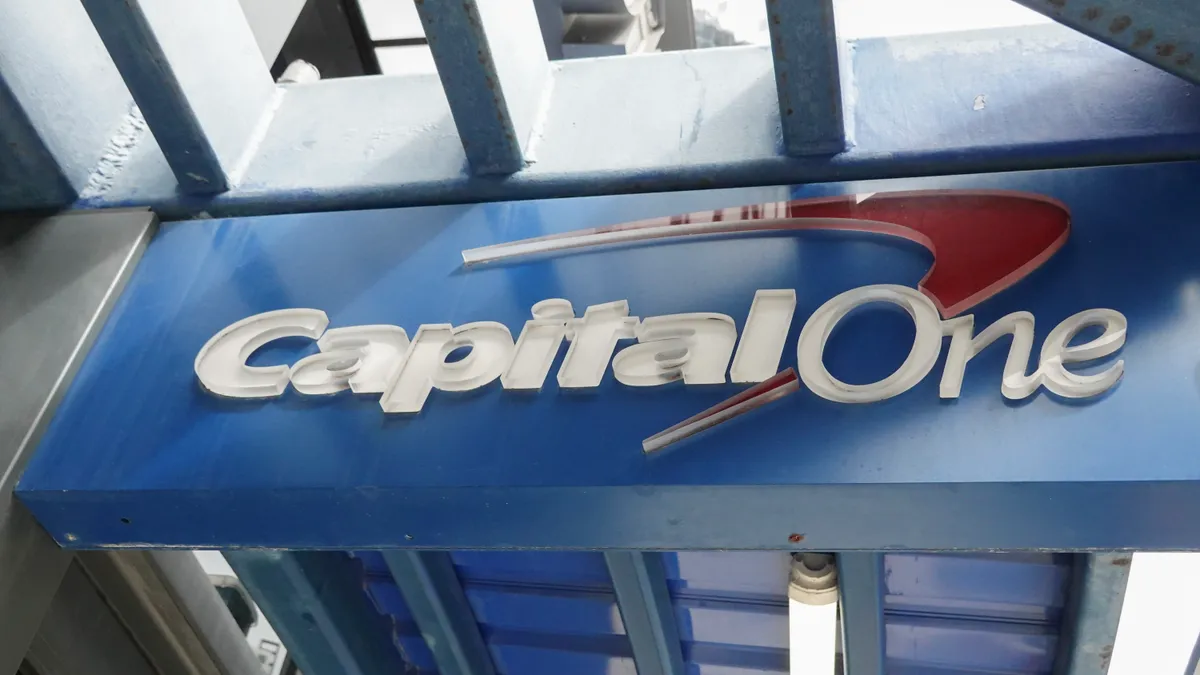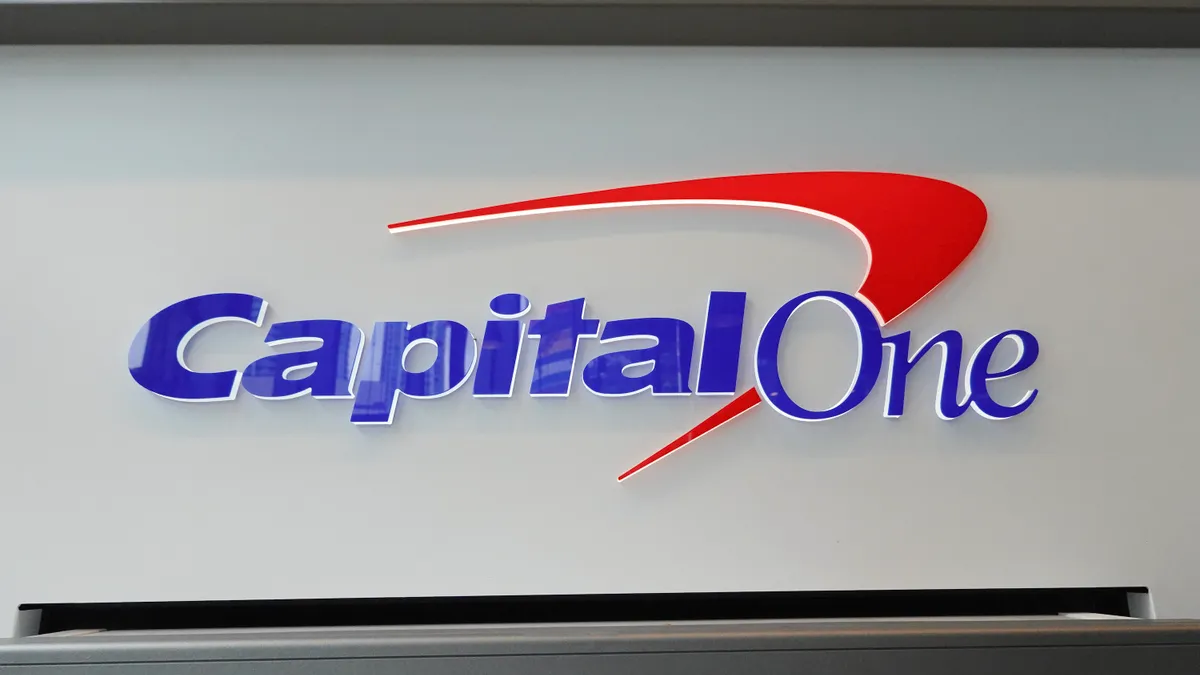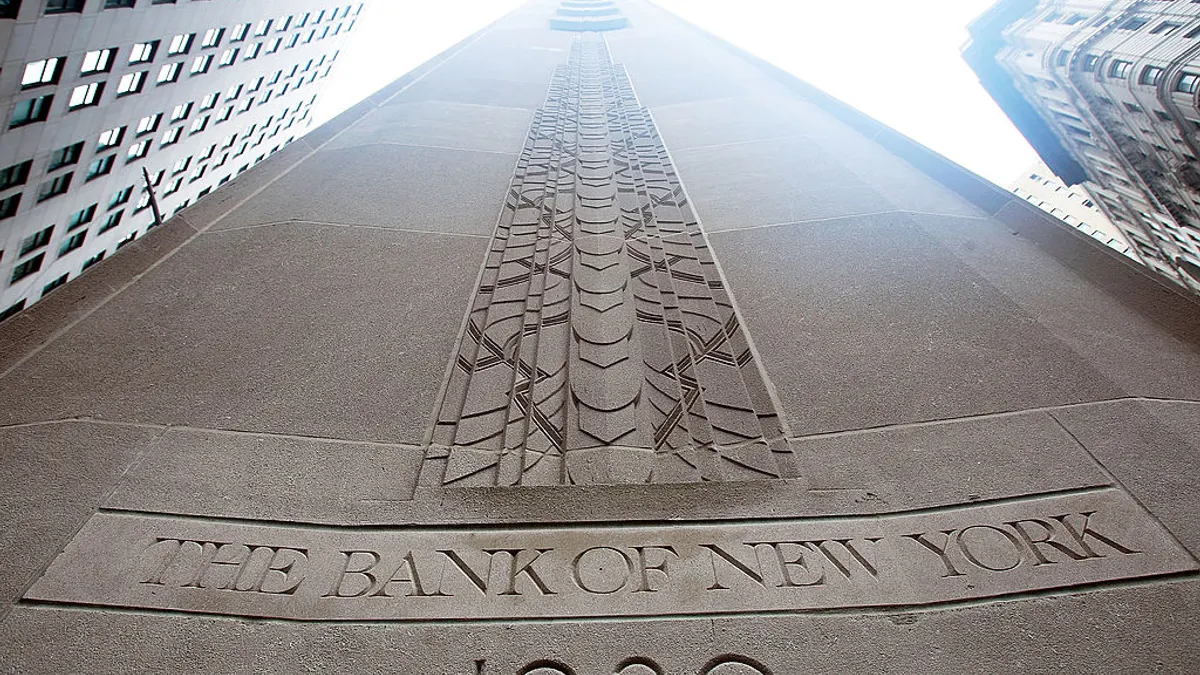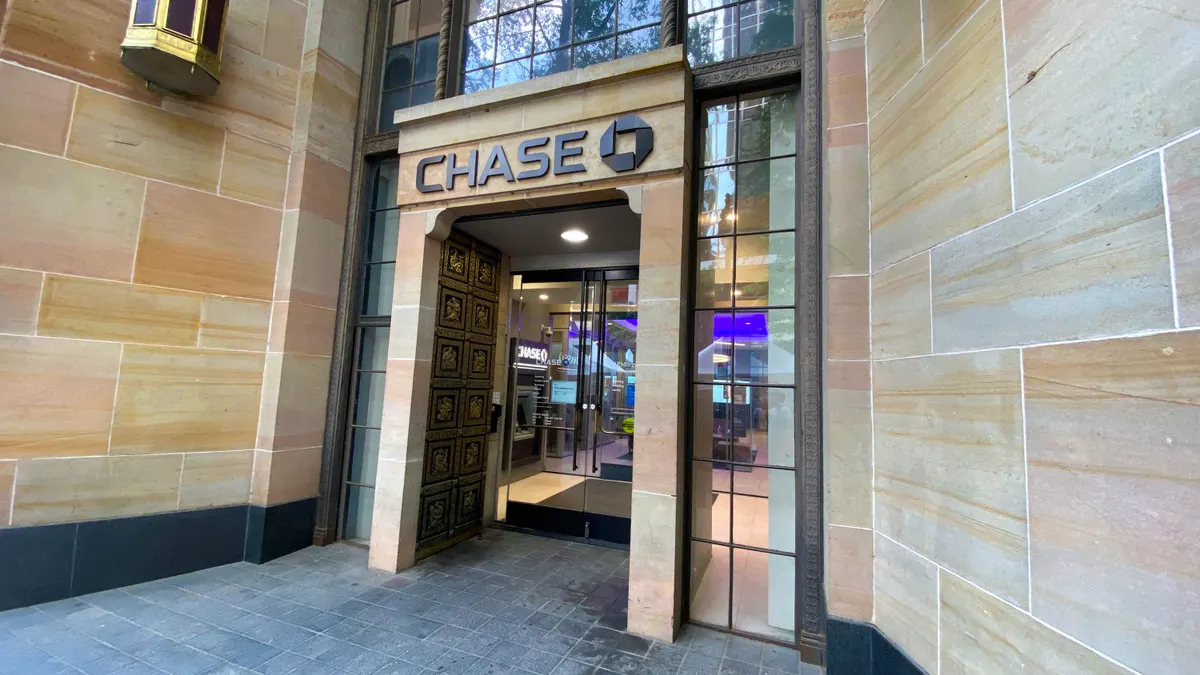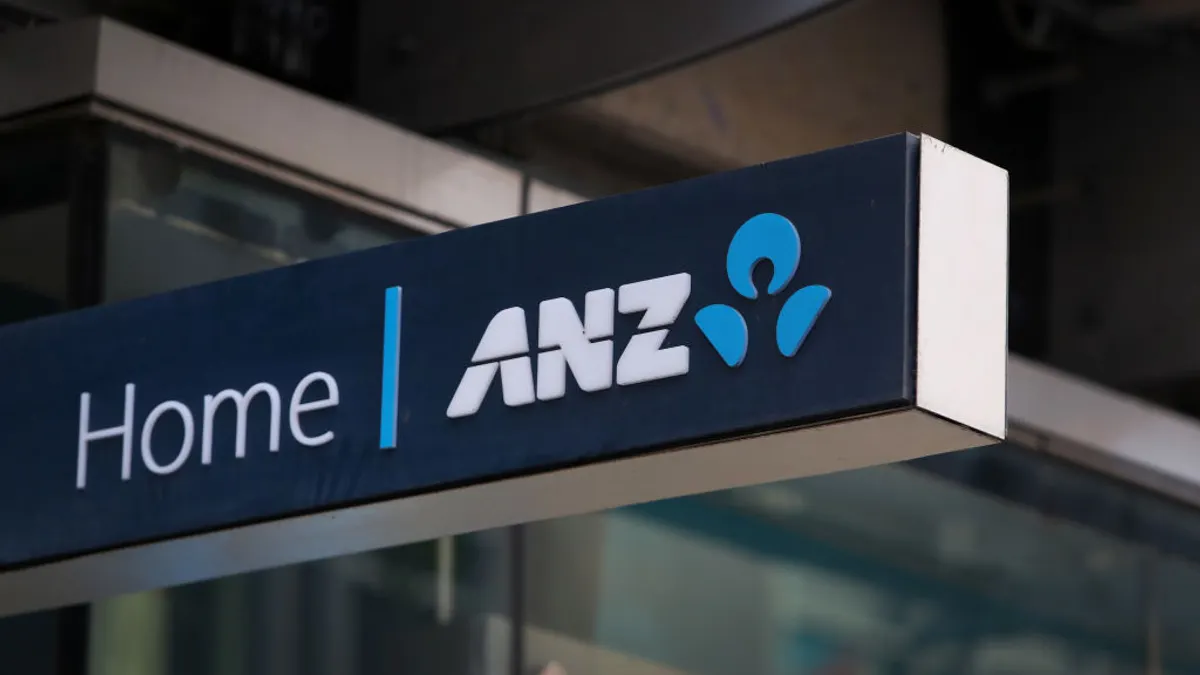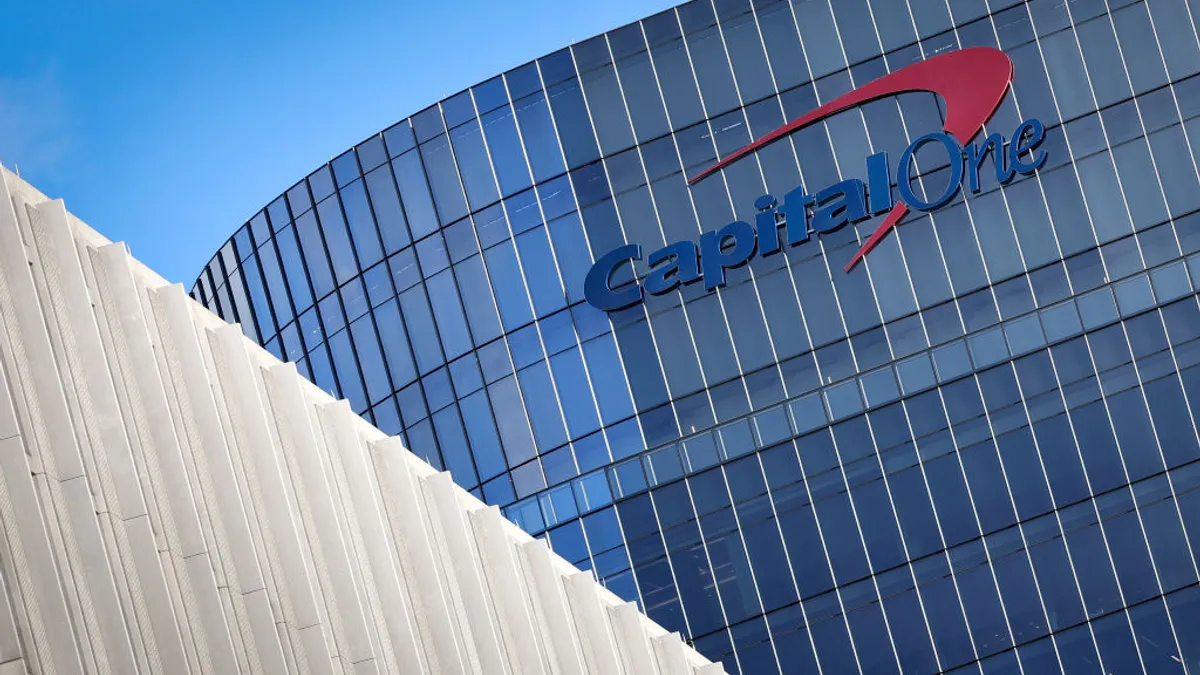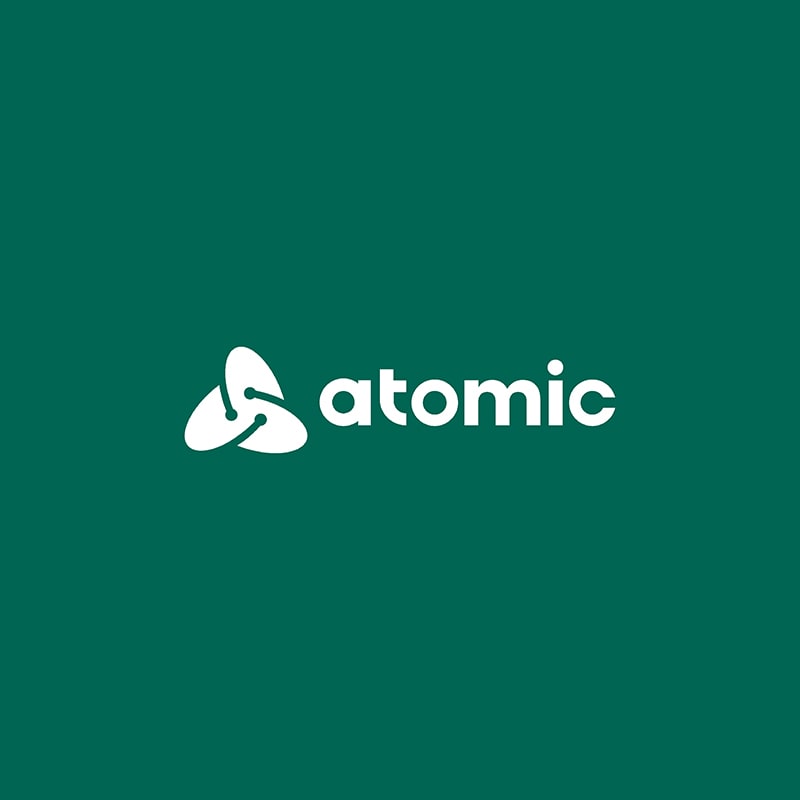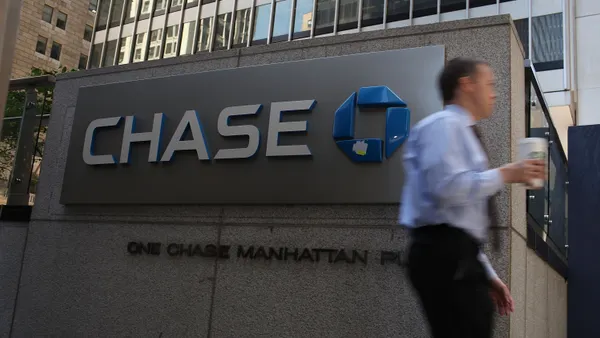Having received regulatory approvals to acquire Discover, Capital One is looking ahead to the integration of the card network company – and preparing for years of work on tech modernization and increasing global acceptance.
Less than a week after the Federal Reserve and the Office of the Comptroller of the Currency announced their approvals of the $35.3 billion merger, Capital One executives Tuesday reiterated expected synergies figures from the deal’s announcement in February 2024, but pushed them back by about six months, based on the expected May 18 deal close date.
The transaction is expected to generate $2.7 billion in cost savings by 2027, with about $1.5 billion in “expense synergies” and $1.2 billion in “network synergies,” Capital One has said.
The deal will create the biggest credit card issuer in the U.S., and give Capital One $660 billion in assets after the transaction closes.
On the bank front, Capital One CEO Richard Fairbank said incorporating Riverwoods, Illinois-based Discover will give the lender more scale and momentum. Aside from this acquisition, Capital One’s growth agenda doesn’t involve buying up banks across the country to grow, he noted, because the McLean, Virginia-based bank is less focused on branches and more on its digital capabilities.
“The benefit of vertical integration with the network allows our thin-margin business to strengthen its margins and allows us to lean in harder and invest even more” in building a national bank, he said during a first-quarter earnings conference call Tuesday. “That’s the key way that the Discover acquisition is going to help turbocharge our national bank.”
As far as technical integration, Capital One has a roadmap for moving Discover’s credit card business onto Capital One’s tech stack, Fairbank said. After Capital One’s 12-year technology transformation, “the bottom of the tech stack investments that we have made are just ideally suited for doing an acquisition, especially in a credit card company,” he said.
But on the network side, Capital One lacks an equivalent or a roadmap, he acknowledged, so the process may present more unknowns. “The new thing for Capital One, from a technology point of view, of course, is going to be the network,” he said. Running that is a “very complex, high-stakes activity.”
“We will be going back into the world of data centers” for “a number of years,” he said, since Discover has moved some of its business to the cloud but also has data centers and mainframes.
Over time, the bank plans to modernize the network Discover has built, and expects to take the network on the same journey the rest of Capital One has been through, Fairbank said.
“But I think this is going to be measured in a whole bunch of years, because they’ve built a global network and that’s not going to be a quick kind of transformation to put that thing into the cloud,” Fairbank added.
The CEO also reiterated the company’s long-term goal of increasing Discover acceptance internationally and elevating the global network brand.
“We don’t plan to come roaring out of this acquisition on national TV really leaning into the network brand,” Fairbank said. Before that occurs, Capital One needs “to build the acceptance internationally up to a sort of ‘you know it when you see it’ point.”
That global endeavor is crucial to bolstering the network, in what Fairbank called a “profoundly scale-driven business.”
After one analyst during the call noted that building network acceptance can be sort of a chicken-or-egg problem, because merchants want to know how much customer volume the network would bring and customers want assurance merchants will accept the cards, Fairbank agreed but said “it’s not starting at zero.”
“The playbook is there, we would lean into this playbook,” he said, “and probably lean into it more than they were able to, because of the opportunity and the prize that we see on the other end of this.”
In the first quarter, Capital One logged $110 million of Discover integration expenses and $198 million in legal reserves, according to an earnings release. Capital One reported net income rose 10%, to $1.4 billion, while quarterly net revenue fell 2%, to $10 billion.
Fairbank also noted Capital One’s network synergy estimates assume the implementation of lower debit interchange rates proposed by the Fed under Regulation II in October 2023, and those proposed rates are still pending various lawsuits.
If there ends up being no reduction to current debit interchange fee levels, “it would lower Capital One’s debit network synergy, because it would increase the baseline to which we are comparing by about $170 million,” he said. “But it would have no impact on our company’s future revenue, because of course the debit business will be on the Discover network.”



